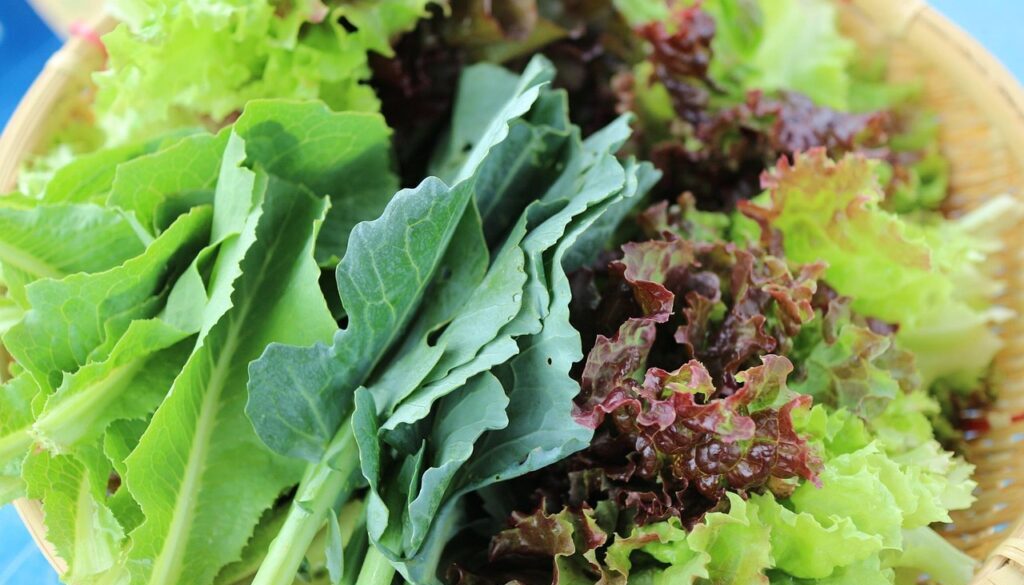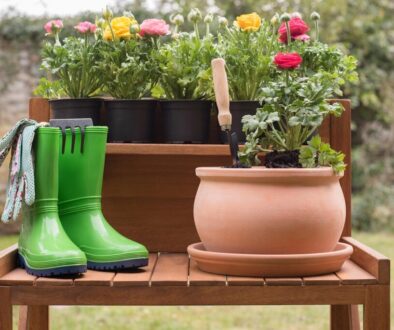Vegetables to Plant in March: Your Garden’s Spring Awakening
March is the perfect time to roll your sleeves and breathe life back into your garden. As winter fades, the soil begins to warm, and the days grow longer, creating the ideal conditions for planting a variety of vegetables. Whether you’re a seasoned gardener or a beginner, this guide will help you choose the best veggies to plant in March. Let’s dive into the world of leafy greens, crunchy roots, and vibrant pods that will make your garden thrive this spring.
Leafy Greens: The Stars of Early Spring
If you’re craving fresh, homegrown salads, March is the time to plant leafy greens. Spinach, kale, and lettuce are cool-season crops that thrive in the mild temperatures of early spring. These veggies grow quickly, so you’ll be harvesting tender leaves in just a few weeks.
Spinach is a nutrient-packed powerhouse that loves the cool weather. Plant it in well-drained soil and keep it moist for the best results. Kale, on the other hand, is a hardy green that can withstand light frosts, making it a reliable choice for March planting. Lettuce varieties like romaine, butterhead, and leaf lettuce are also excellent options. They grow well in raised beds or containers, giving you flexibility if space is limited.
Don’t forget to thin out seedlings as they grow to prevent overcrowding. This ensures each plant gets enough sunlight and nutrients. With a little care, you’ll have a steady supply of fresh greens for salads, smoothies, and stir-fries.
 Root Vegetables: Digging into Flavor
Root Vegetables: Digging into Flavor
Root vegetables are another fantastic choice for March planting. Carrots, radishes, and beets are easy to grow and add a burst of color and flavor to your meals. These veggies prefer loose, well-drained soil, so take the time to prepare your garden beds properly.
Carrots are a garden favorite, and planting them in March gives them plenty of time to develop their sweet, crunchy roots. Choose a sunny spot and sow seeds directly into the soil. Radishes, on the other hand, are one of the fastest-growing vegetables. You can harvest them in as little as three to four weeks, making them a rewarding choice for impatient gardeners.
Beets are a versatile veggie that offers both edible roots and greens. They grow well in cool weather and can be harvested early for baby beets or left to mature for larger roots. To maximize your harvest, consider succession planting. This means sowing seeds every two weeks to ensure a continuous supply of fresh veggies throughout the season.
 Peas and Beans: The Early Birds of the Garden
Peas and Beans: The Early Birds of the Garden
If you’re looking for a vegetable that’s both easy to grow and highly productive, peas and beans are your best bet. These legumes love the cool, moist conditions of early spring and can be planted as soon as the soil is workable.
Peas, including snap peas, snow peas, and shelling peas, are a delight to grow. They climb trellises or fences, saving space in your garden while adding vertical interest. Plant them in well-drained soil and provide support for their vines. You’ll be rewarded with sweet, crunchy pods in just a few weeks.
Beans, such as fava beans and bush beans, are another great option for March planting. Fava beans are particularly cold-tolerant and can handle light frosts. They’re also nitrogen-fixers, meaning they improve soil health by adding nitrogen back into the ground. Bush beans, on the other hand, are compact and don’t require support, making them ideal for small gardens.
Both peas and beans are packed with protein and fiber, making them a healthy addition to your diet. Plus, they’re fun to grow, especially if you have kids who love to help in the garden.
 Brassicas: The Cool-Weather Champions
Brassicas: The Cool-Weather Champions
Broccoli, cauliflower, and cabbage are part of the brassica family, and they’re perfect for March planting. These veggies thrive in cool weather and can handle light frosts, making them a reliable choice for early spring gardens.
Broccoli is a nutrient-dense veggie that’s rich in vitamins and antioxidants. Plant it in fertile, well-drained soil and keep it well-watered. You’ll harvest the main head first, followed by smaller side shoots that extend your harvest.
Cauliflower is a bit more finicky than broccoli, but it’s worth the effort. It prefers consistent moisture and cool temperatures, so March is an ideal time to plant it. Cabbage, on the other hand, is a hardy veggie that can be grown for both fresh eating and storage. Choose from green, red, or savoy varieties to add color and texture to your garden.
To protect your brassicas from pests like cabbage worms, consider using row covers or organic pest control methods. With proper care, you’ll have a bountiful harvest of these versatile veggies.
 Herbs: The Flavor Boosters
Herbs: The Flavor Boosters
No garden is complete without a selection of fresh herbs, and March is a great time to plant them. Herbs like parsley, cilantro, and chives are easy to grow and add a burst of flavor to your dishes.
Parsley is a biennial herb that thrives in cool weather. It’s rich in vitamins and can be used as a garnish or ingredient in soups and salads. Cilantro, on the other hand, is a fast-growing herb that bolts in hot weather, so planting it in March ensures a longer harvest period.
Chives are a perennial herb that comes back year after year. They’re perfect for adding a mild onion flavor to dishes and can be grown in pots or garden beds. To keep your herbs productive, harvest them regularly and pinch off any flowers that form.
 Tips for a Successful March Garden
Tips for a Successful March Garden
To make the most of your March planting, follow these simple tips. First, prepare your soil by adding compost or organic matter to improve its structure and fertility. Second, water your plants consistently, especially during dry spells. Finally, keep an eye out for pests and diseases, and address them promptly to protect your crops.
Remember, gardening is a journey, and every season brings new lessons and rewards. By planting these vegetables in March, you’ll set the stage for a productive and enjoyable growing season. So grab your gardening tools, get your hands dirty, and watch your garden come to life this spring!
Happy Gardening!




